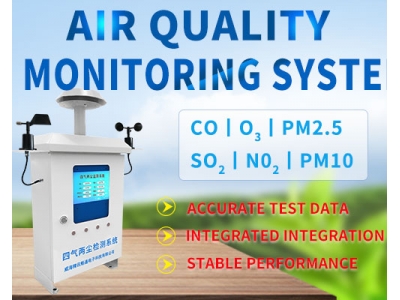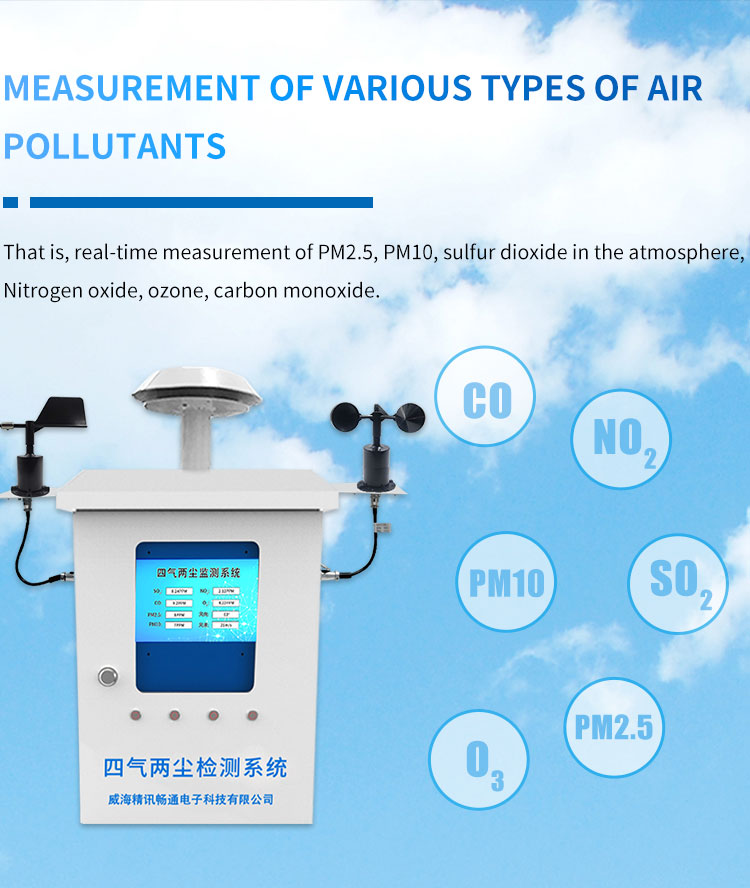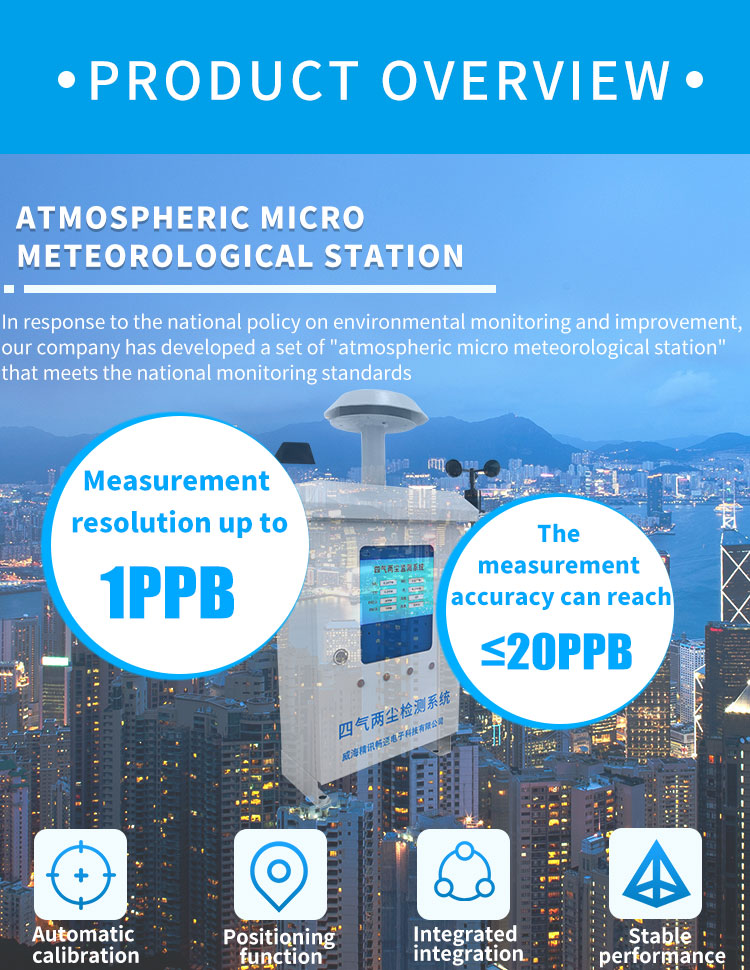
Air quality monitoring with the Internet of Things (IoT)
With the emergence of air quality monitoring systems and Internet of Things technologies, the availability of air quality and pollutant related data is increasing.

With the emergence of air quality monitoring systems and Internet of Things technologies, the availability of air quality and pollutant related data is increasing.
With the emergence of air quality monitoring systems and Internet of Things technologies, the availability of air quality and pollutant related data is increasing. Ambient air quality is fast becoming a key factor in the home-buying process. While crime rates, broadband speeds and academic performance still matter; For informed home buyers, air pollution levels are an essential consideration.

The health risks of air pollution (particulates and NO2) are well documented. Higher particulate counts are linked to an increase in mortality rates associated with cardiac and respiratory illness. Similar reports cite a correlation with asthma, stunted lungs, low birth weight in babies and premature deaths. Given these stark facts – it is no surprise that air pollution is a critical factor in selecting an area in which to live and will inevitably have an impact on property prices.
The non-profit advertising group Central Office of Public Interest (COPI) has been running a campaign to highlight the risks of air pollution on public health.
Mark Hayward, CEO of NAEA Property Mark, the estate agents trade body, acknowledges that air quality is becoming an essential factor in the home-buying process:
Air Pollution where you live
Air Quality monitoring with the Internet of Things (IoT) has dramatically increased the amount, coverage and frequency of air quality monitoring throughout the UK. Initiatives such as Air Quality Scotland, AddressPollution.org and AQICN publish data and real-time maps that provide indications of air pollution in the UK. These websites are useful resources and give evidence of quality, but may not be able to forecast the air quality in your street or estate accurately.

To provide meaningful and high-accuracy air quality data in localities throughout the UK; air sampling needs to move from fixed monitoring stations to hyper-local solutions.
Hyper-Local air quality monitoring moves away from one or two monitoring stations in a city to hundreds of IoT sensor systems deployed throughout the entire area. Hyper-Local air quality monitoring is made possible using technologies such as IoT that are both inexpensive, flexible and capable of handling a variety of communication networks. IoT systems can monitor hundreds of different environmental factors, but we find the most common for air quality include particulates, NO2 and CO2.

JXCT provides a range of Internet of Things (IoT) based air quality monitoring solutions. With an extensive list of gases and pollutants supported, we can help implement proofs-of-concept (POC) and hyper-local air quality monitoring for towns, councils and cities.